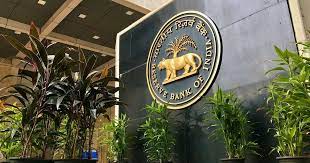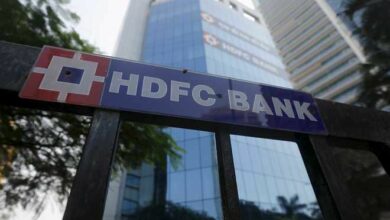Here Is What India’s Middle Class Needs To Know About RBI MPC Decisions
As it keeps a close eye on inflation, the Reserve Bank of India on Friday, October 6 chose to leave the policy rate steady for a fourth straight time.
Six rate increases in a row, totaling 250 basis points since May 2022, caused the rate rise cycle to stall in April.
According to RBI Governor Shaktikanta Das, the Monetary Policy Committee (MPC) unanimously opted to maintain the repo rate at 6.5 percent while announcing the bimonthly monetary policy.
The Consumer Price Index (CPI) reached 6.83 percent in August, which was the background for the MPC meeting.
The RBI has been ordered by the government to maintain CPI inflation at 4% with a 2% tolerance on each side.
From 7.44% in July 2023 to 6.83% in August 2023, CPI inflation slowed. The inflation rate dropped below 7% for the first time in five months at this time.
The average change in consumer prices for a selection of goods and services over time is measured by the CPI inflation rate. It is the inflation indicator that is most often used in India.
Food and gasoline costs are on the rise, which is what is behind the high inflation rate. In August 2023, the inflation rate for food was 9.94%, compared to 3.7% for fuel and lighting.
Important choices regarding the effect of inflation on the property market
Das said that the MPC would continue to monitor inflation and is unwavering in its resolve to bring inflation in line with the desired goal.
He claims that the current financial year’s growth prediction has been maintained at 6.5%, with risks being equally distributed.
Das said
Retail inflation is anticipated by the RBI to be 5.4% in 2023–2024.
There are signs that the rate of food inflation may not continue to fall in Q3. (Oct-Dec)
Retail inflation will drop from its current level of 6.8% to 5.2% in the next year.
With the price of vegetables falling and the cost of cooking gas cylinders decreasing, inflation will ease up short-term.
September should see a decrease in inflation. The RBI has been ordered by the government to maintain CPI inflation at 4% with a 2% tolerance on each side. Next week, the inflation print for September is anticipated.
With risks equally distributed, the RBI has maintained its 6.5 percent GDP growth prediction for the current fiscal year.
The maintained repo rate, according to Anuj Puri, chairman of Anarock Group, is a holiday treat for homebuyers and provides them with yet another chance to make financially advantageous house purchases.
According to him, if we look at current trends, the consumer market generally seems optimistic across all industries, notably the housing and car markets, which in many respects mirror the state of the economy.
“Housing sales have picked up significantly as we head into the holiday season, and unchanged interest rates will serve as a significant catalyst for growth in the residential market,” Puri said.
According to Anarock Research, despite the typically sluggish monsoon season, home sales across the top 7 cities reached a new milestone in Q3 2023 and stood at 1,20,280 units as opposed to over 88,230 units sold in Q3 2022, thereby achieving 36% annual increase.
We can anticipate the momentum to continue, Puri continued, “thanks to the stable repo rate and the consequently stable home loan interest rates.”
The rate at which the RBI loans money to commercial banks is known as the repo rate. It is an essential instrument the central bank use to curb inflation and stabilize the economy.
The economic environment and the central bank’s choices may affect interest rates, notably the repo rate.
How does the repo rate affect inflation?
Commercial banks must pay more to borrow money from the central bank when it raises the repo rate, as is the case in India with the RBI. Commercial banks may therefore increase the interest rates they impose on loans to individuals and companies.
Borrowing becomes more costly with higher interest rates, which discourages individuals and companies from taking on new debt. Lower spending and investment in the economy may result as a result.
The repo rate impacts aggregate demand through affecting interest rates. Higher interest rates tend to discourage company investment and consumer spending, which may result in a decline in the demand for products and services throughout the economy.
Expectations of inflation are influenced by the repo rate. The market will be informed that the central bank is dedicated to containing inflation if it boosts the repo rate to fight inflation. This may affect people’s expectations, and when they anticipate reduced inflation, they may take actions that help keep prices stable.






